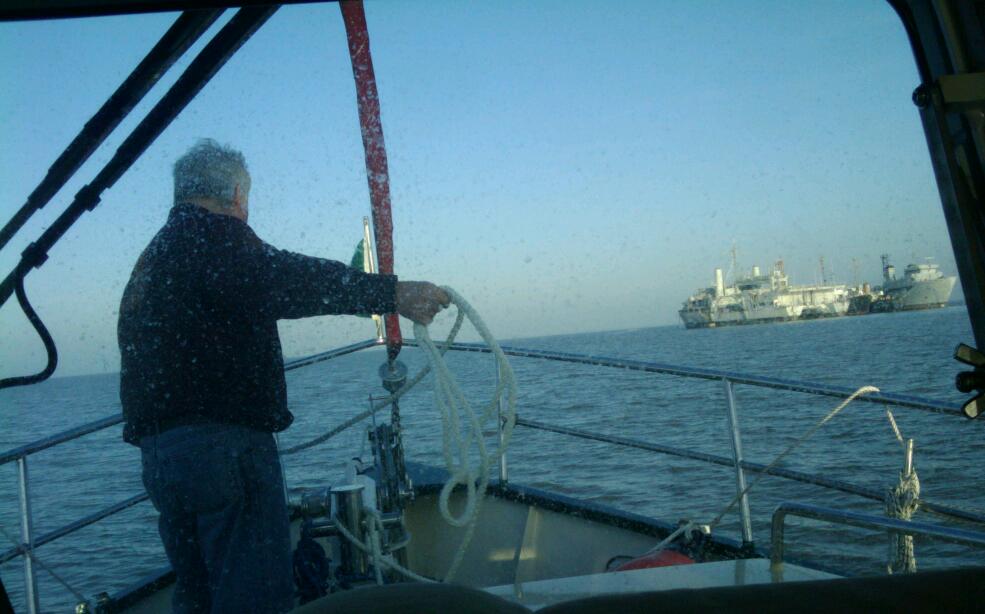motion30
Guru
- Joined
- Jan 14, 2010
- Messages
- 1,181
a little bit off topic what do you guys favor as a hook for your snuber ?
a little bit off topic what do you guys favor as a hook for your snuber ?






I use to do it that way on my 48' Offshore (Actually it was a Crealock hull #1) Offshore bought the company and the plans after my boat was made.) All I'm saying is that with a small boat, I've found that an all chain rode (in this area) is a PITA. We don't have corral and rocks that you guys have to deal with up there.Walt---- Because of the way we use our snubber with the long slack loop of chain hanging down between the bow roller and the chain grab on the end of the snubber bridle the chain never moves at all in the bow roller because there is no force on it to move it.
I use a stainless version of the same type of chain hook. Works well, easy to deploy and retrieve. In fact if placed open jaw up on deployment it usually drops off itself when chain retrieved, which can be useful in an urgent up-anchor situation, but won't budge while some tension on it.

You're right in that the catenary will provide shock absorption when you have catenary but unless you have very under sized ground tackle (and I know you have over sized) you won't even need shock absorption until your catenary is gone .... and of course you won't have any then..

